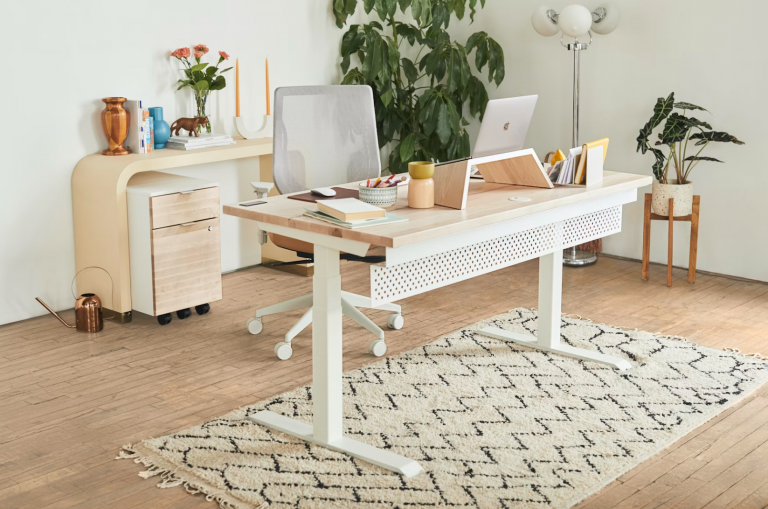
Introduction: The Hidden Health Risk of Daily Typing
We often take our wrists for granted—until they start hurting. If your job, studies, or gaming sessions keep your hands glued to a keyboard and mouse, your wrists might be quietly bearing the brunt. A poor setup can lead to discomfort, chronic pain, or even conditions like carpal tunnel syndrome. Thankfully, there are keyboard and mouse combos designed specifically to protect your wrists.

Why Ergonomics Matter for Your Wrists
Understanding Repetitive Strain Injury (RSI)
Repetitive Strain Injury, or RSI, is a common result of prolonged typing or mouse usage. It’s not just about soreness—it can evolve into nerve compression, inflammation, and long-term damage. It often starts subtly but can progress quickly if not addressed.
Symptoms You Shouldn’t Ignore
Early symptoms include tingling, numbness, aching, and weakness in your hands or wrists. If you’re waking up with stiff fingers or experiencing pain after work, it’s time to rethink your gear.
Key Features of Ergonomic Keyboard and Mouse Combos
Split Keyboard Design
Split keyboards allow your hands to rest in a more natural position, reducing the need to twist your wrists inward. Some are even tented, which lifts the middle for better forearm alignment.
Negative Tilt and Palm Support
Negative tilt means the keyboard slopes away from you, helping to keep wrists straight instead of bent upwards. Combined with palm rests, it significantly reduces tension in your wrist tendons.
Vertical or Contoured Mouse Shapes
Standard mice force your hand into a pronated position. A vertical or contoured mouse keeps your wrist in a handshake-like posture, which feels more natural and puts less strain on your forearm muscles.
Top Ergonomic Keyboard and Mouse Combos in 2025
Logitech Ergo K860 + MX Vertical
Features
This combo is a top choice for professionals. The K860 features a curved, split design with a cushioned palm rest. The MX Vertical Mouse uses a 57-degree angle to reduce muscular strain.
Pros and Cons
Pros:
- Exceptional build quality
- Wireless connectivity
- Great software customization
Cons:
- Pricier than standard models
- Larger footprint on desk space
Microsoft Sculpt Ergonomic Desktop
Features
Designed by Microsoft’s ergonomic experts, this set includes a domed keyboard, separate number pad, and a uniquely shaped mouse that promotes a neutral wrist posture.
Pros and Cons
Pros:
- Affordable for an ergonomic set
- Excellent support for wrist arches
Cons:
- Limited compatibility with macOS
- Keys may feel soft for fast typists
Kinesis Freestyle2 + Evoluent Vertical Mouse
Features
The Kinesis Freestyle2 is known for its fully adjustable split keyboard, allowing users to position the two halves however they like. Paired with the Evoluent Vertical Mouse, it offers complete wrist alignment.
Pros and Cons
Pros:
- Customizable configuration
- Great for users with shoulder or wrist pain
Cons:
- Steeper learning curve
- Slightly dated aesthetics
How to Choose the Right Combo for Your Needs
Desk Setup and Typing Habits
Before buying, assess your desk height and how you usually type. If you’re a heavy typist or gamer, you’ll benefit more from higher-end ergonomic models. For casual users, mid-range options might be enough.
Wired vs Wireless Considerations
Wireless combos offer flexibility and a cleaner look, while wired options tend to be more responsive and reliable. If you’re always on the move, wireless is a better fit.
Budget vs Performance Trade-offs
While it’s tempting to go for cheaper options, investing in a reliable ergonomic combo can save you costly medical bills down the line. It’s a long-term investment in your health and productivity.
Additional Accessories That Support Wrist Health
Wrist Rests
A quality wrist rest cushions your wrists during typing or mousing. Look for memory foam or gel-based versions that conform to your anatomy without flattening over time.
Adjustable Desks and Chairs
Your keyboard and mouse are only part of the equation. A height-adjustable desk and ergonomic chair can help align your arms and wrists in the correct posture, preventing stress buildup.
Tips for Reducing Wrist Fatigue Beyond the Hardware
Stretching and Hand Exercises
Incorporate simple stretches into your day. Flex your fingers, rotate your wrists, and gently massage your forearms to improve blood flow and muscle balance.
Proper Typing Technique
Float your hands slightly over the keyboard instead of resting your wrists directly. Keep your elbows at about a 90-degree angle and avoid slouching.
Taking Regular Breaks
Follow the 20-20-20 rule: every 20 minutes, take 20 seconds to look at something 20 feet away. Add a quick wrist shake or stretch during these breaks—it works wonders.
Conclusion
Choosing the right keyboard and mouse combo isn’t just about aesthetics or brand loyalty—it’s about preserving your wrist health in the long run. With the right ergonomic gear, you can boost productivity, comfort, and even your mood. Don’t wait until pain strikes. Be proactive, and give your wrists the comfort and support they truly deserve.
FAQs
1. What makes a keyboard ergonomic?
An ergonomic keyboard is typically split, curved, or angled to match the natural position of your hands and wrists. It may also include features like negative tilt and padded wrist rests.
2. Are vertical mice really better for your wrists?
Yes. Vertical mice keep your hand in a more natural handshake position, which reduces the twisting of your forearm and minimizes wrist strain.
3. Can I use ergonomic combos for gaming?
Absolutely. Many ergonomic keyboards and mice are responsive and customizable enough for gaming. Just make sure the layout and design suit your play style.
4. How long does it take to get used to an ergonomic keyboard?
It can take anywhere from a few days to a few weeks. During this period, typing speed may decrease, but once accustomed, many users report less discomfort and improved posture.
5. Do wrist rests really help?
When used correctly, yes. They provide support and prevent your wrists from bending upward. However, they should not be used while actively typing—only during rest periods.






